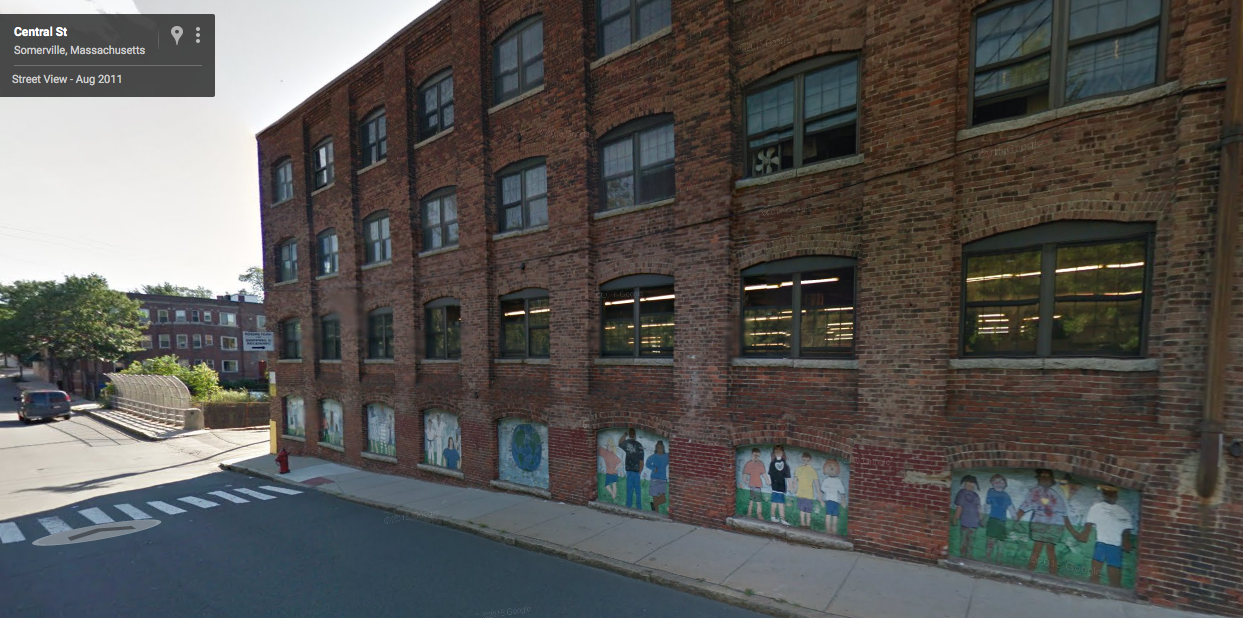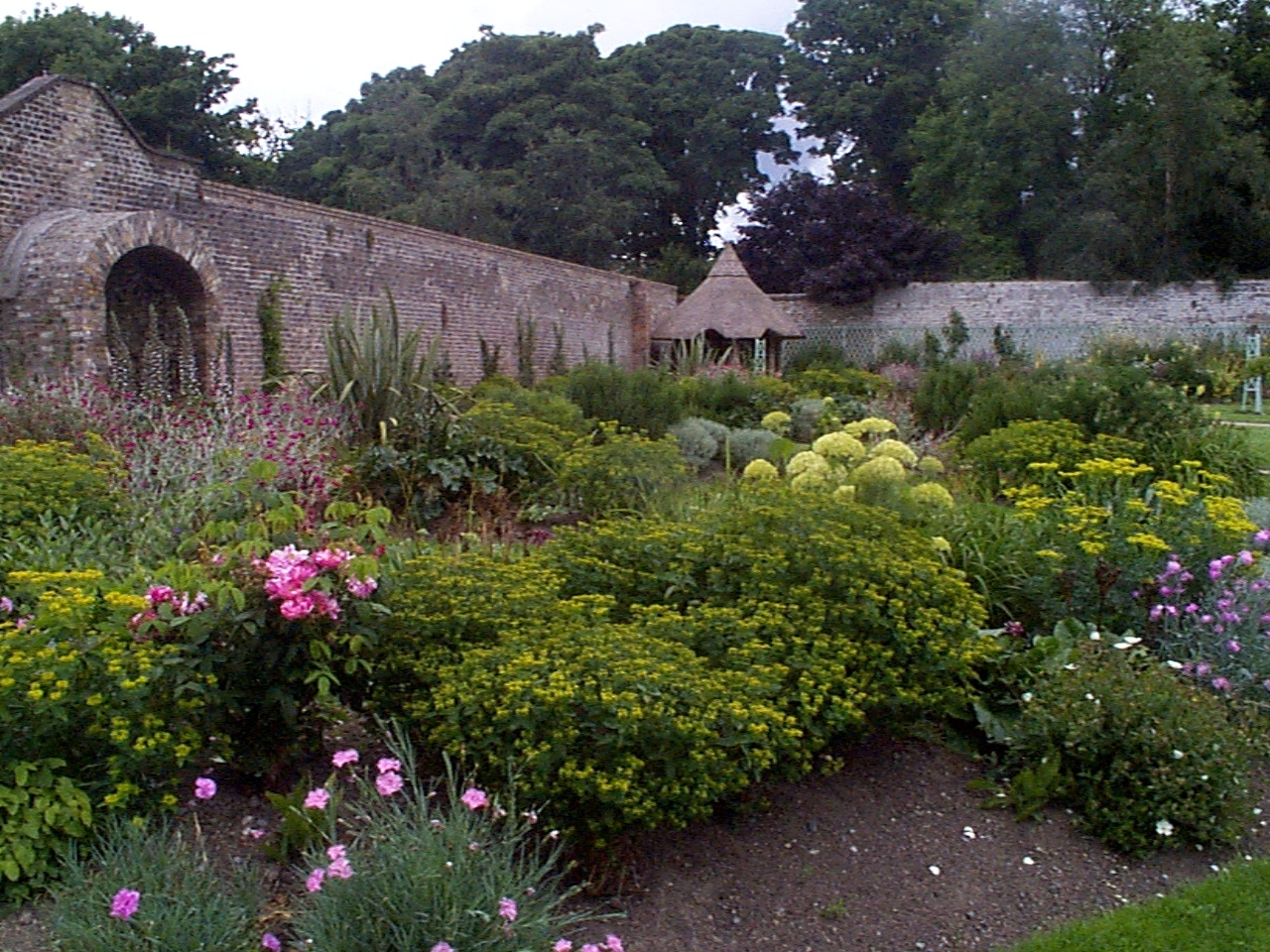callan \ blog
may 2, 2016
I spent yesterday wandering around town for Somerville Open Studios, the yearly meet-and-greet with local artists in their natural workspace-habitats. It was the first time I'd done it in my five years of living here. In part I was inspired to go this time by the #techstyle exhibit at the MFA, where I'd seen the 3D-printed "kinematic petals" dress made by local design studio Nervous System.

Hyphae lamps by Nervous System, 3D printed nylon plastic.
(Photo credit: Somerville Open Studios)
But I also could no longer deny my urge to step inside Vernon Street Studios or Artisan's Asylum, two spots I regularly walk or bike past and theorize about the intrigue and possible mayhem inside. Vernon Street especially beckoned to me, maybe just because I meander past it at least a few times every week.
The two big brick buildings make it an imposing monolith of a place, glowering over the Central Street bridge, sporting colorful mural panels and windows into a high-ceilinged post-industrial maze strewn with visible plant life, paintings, and the occasional silly credo, all of which you can see just a sliver of from the sidewalk. At night, the glass takes on a surreal purplish hue, exuding mysterious vibes that I've never had occasion to pull the curtain back on before.

Street view of Vernon Street Studios, two 19th century factories housing dozens of artists nowadays.
At a studio across the road from the Taza Chocolate Factory where Nervous System calls home, we met a silkscreen artist-sculptor-seamstress who offered afternoon beers and camaraderie. We'd started chatting about Somerville and rent and the logistics of studio space then suddenly found ourselves in a totally impromptu hangout. It was unexpected and kind of delightful, for lack of a better word - just randomly striking up a conversation with somebody well outside the conventional circle without the facilitation of apps or social sites. No Meetup page, Facebook group, or Craigslist post required - only a willingness to open up and shoot the breeze for a bit.
Many thinkfluencier folks than myself have been musing about this in the past few weeks, but the day got me thinking about the fight between companies to keep people on the paved paths, the boring-but-safe suburban streets, when they're online - from AOL's heyday to today's Facebook and Google dominance. This is done in the interest of making money off you while you keep off the grass and out of the jungle; you're strongly dissuaded from freely cavorting about and exploring the full range of options, good and bad, light and dark, that are still open but much less visible to you. No love for a flâneur on the web.
In a way that's slightly different from the tactics of social giants (and on a lesser scale), dating and Meetup-type sites do this too. They want you to rely on them for arranging your playdates through their software, facilitating the connections and removing at least some of the chance of rejection (and offering plenty of alternatives at a moment's notice, should everything happen to go wrong).
What good is unpredictable, untracked human behavior when you're trying to capitalize on algorithms that depend on people to act within the measurable parameters of a given system? If you have people striking up discussion at random in bars, cafes, restaurants, museums, wherever - how do you quantify that without extensive (and expensive) qualitative field research and recording? You probably just don't. So you want to keep people on a path where their actions and interactions can give you as many data points as you can scrape together, and you want those to come in a format your system can understand.

(Photo credit: chatelainesdreams.blogspot.com)
There's walled gardens everywhere, in front of the keyboard and away from it. Events like Somerville Open Studios are great for their attempts at kicking the walls down for a weekend. But when they're over, do those glimpses into other people's worlds persist in any way? I know myself well enough to realize I'll be back safely ensconced in my filter bubble of friends and colleagues more or less immediately.
Nevertheless, it's refreshing to pop out of it from time to time, to encounter the unknown and unexpected in a world where every move is increasingly plotted out for us. However temporary, I'm comforted to know it still happens.
home | top
Hey Cal, why is there no comments section? Comments sections have a tendency to devolve into nasty little spaces, teeming with spam & ad hominem attacks. I also have a fondness for the 1.0 Web (props to Neocities, powerer of this site). If you'd like to share your thoughts, find me on Twitter or fire off an email. Thanks!